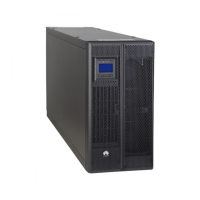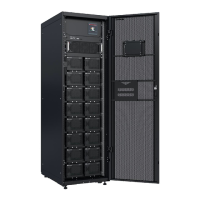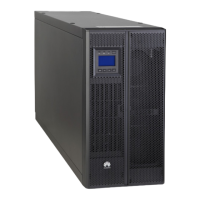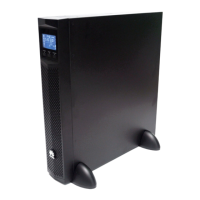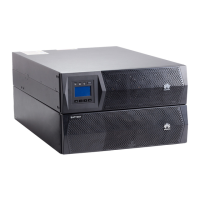What to do if the inverter is abnormal in my Huawei UPS?
- CChelsea ComptonAug 5, 2025
If the Huawei UPS inverter is abnormal, it may be due to an output overload or a short-circuit. Try reducing the load or troubleshooting the short circuit. Alternatively, the power module might be faulty, in which case you should replace it.





